Report this entry
More from the same community-collection
Douglass Historical Marker Dedication - 2015
Historians, dignitaries, EPISD officials and even former ...
Salvation Army Event at Douglass High School - 1950's
Salvation Army Event at Douglass High School - Geneva Minor, ...
Victoria Sinclair and Jim Murphy - 2016
Jim Murphy and Victoria Sinclair at a fundraising -- location ...
Kristal Garcia On Speedbag - Video
Kristal Garcia performing amazing work on the speedbag. She is a ...
World Boxing Champion With Coach Tom McKay - 2016
World Champion Jennifer Han displays her Championship Belt while ...
Victoria Sinclair - 1st Runner Up - Miss New Mexico - 2017
Mission accomplished my dear friends! Living proof that if you ...
Christian Brothers History - 1965
History of the Christian Brothers - science class, and from left ...

















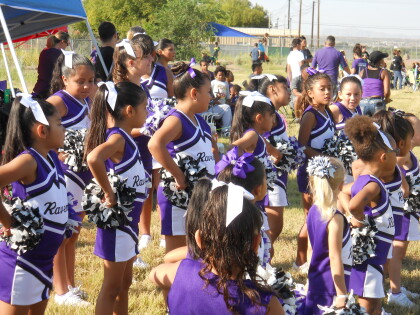
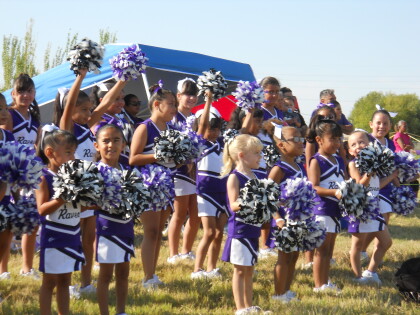
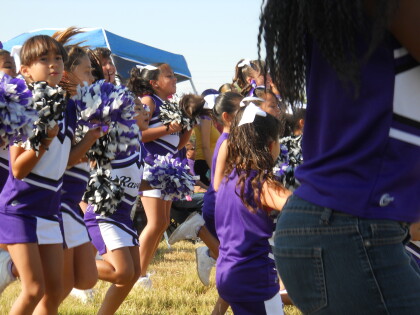
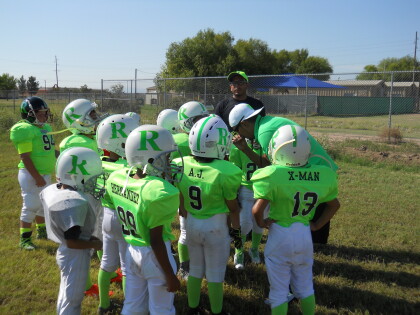
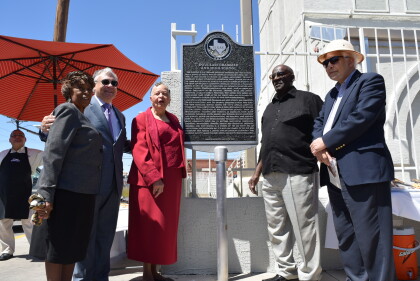


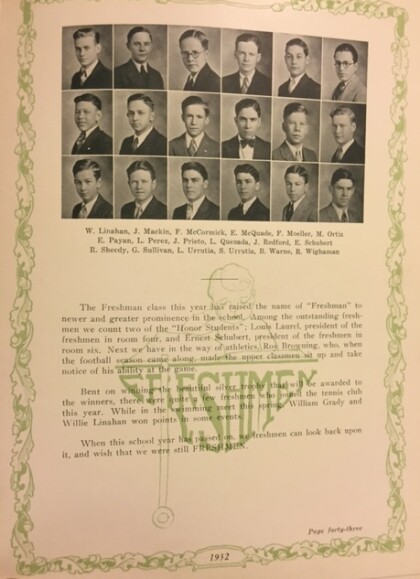
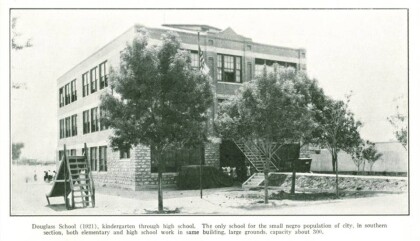
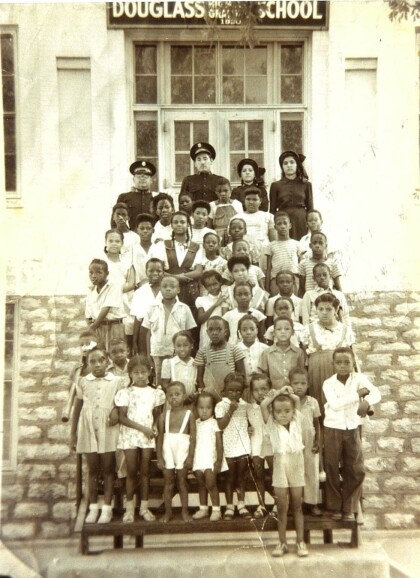
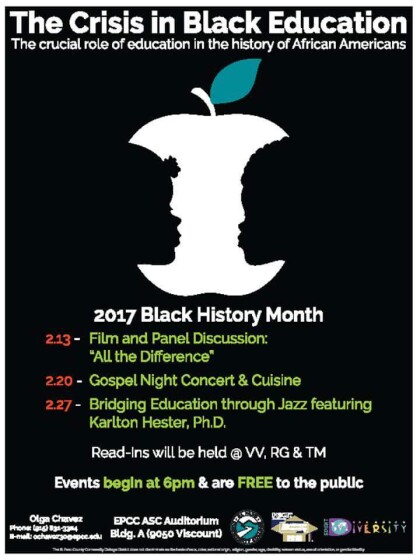

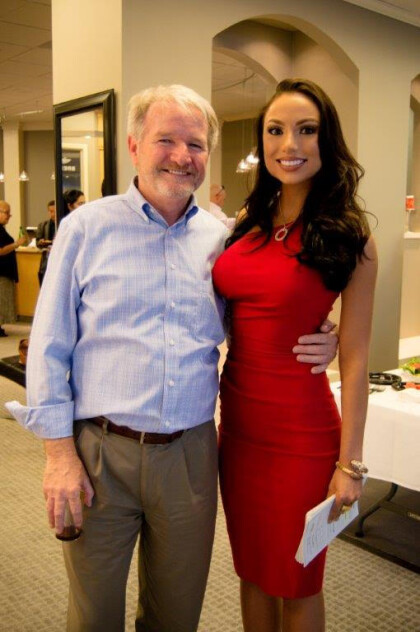
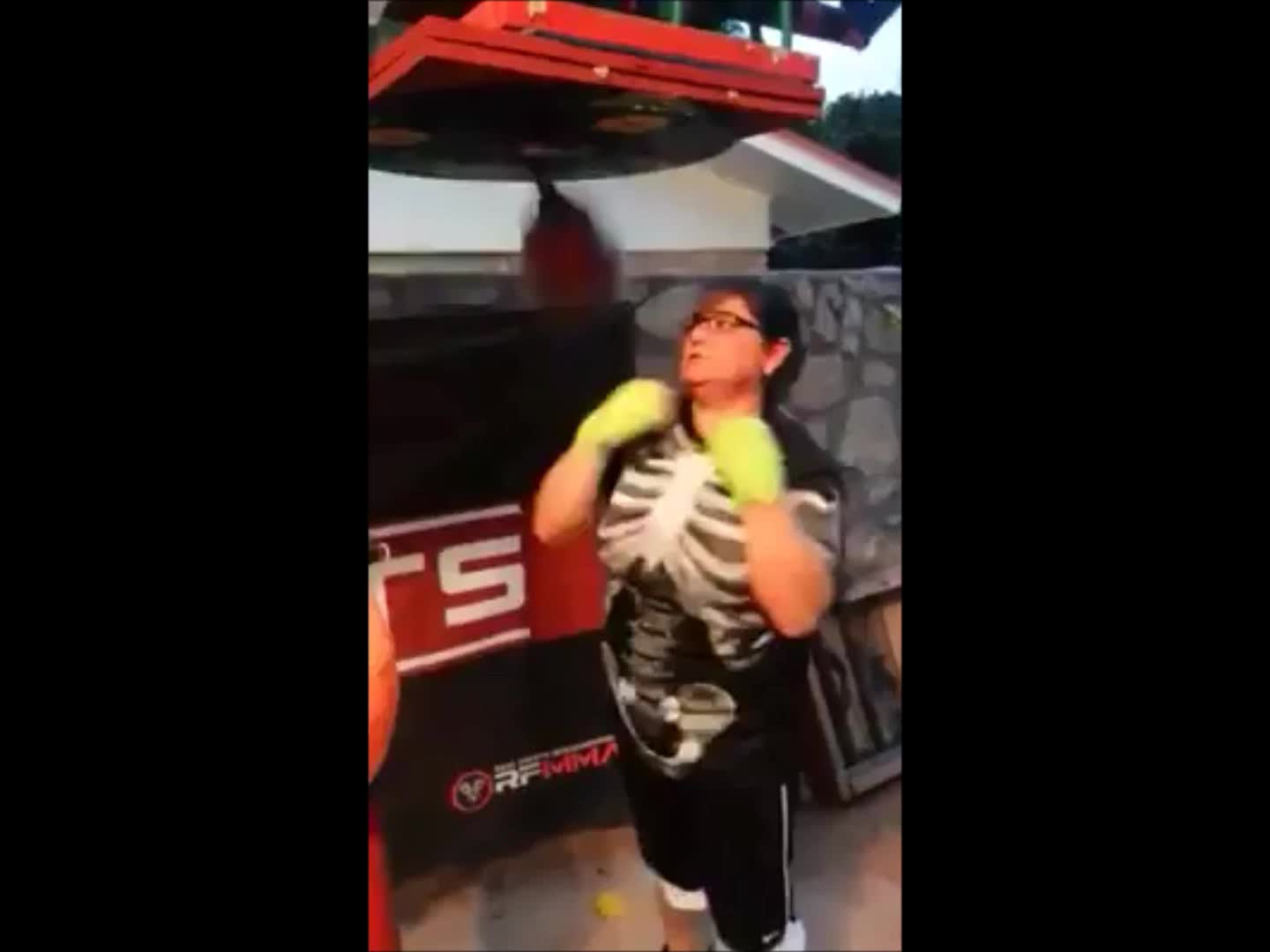

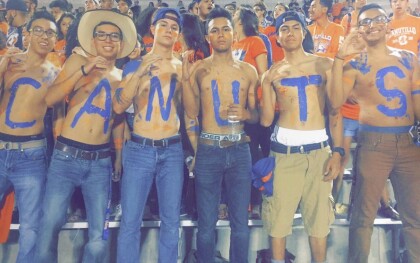
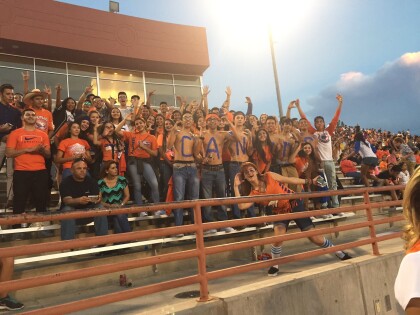



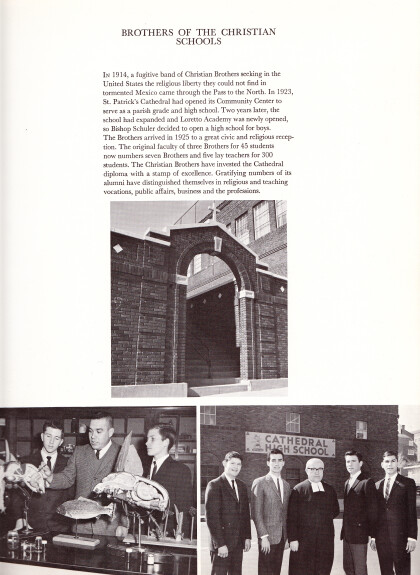
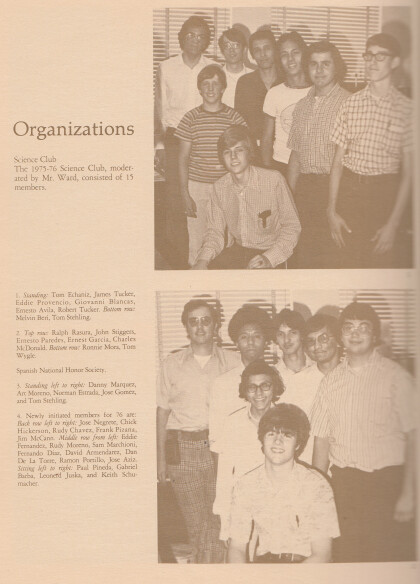
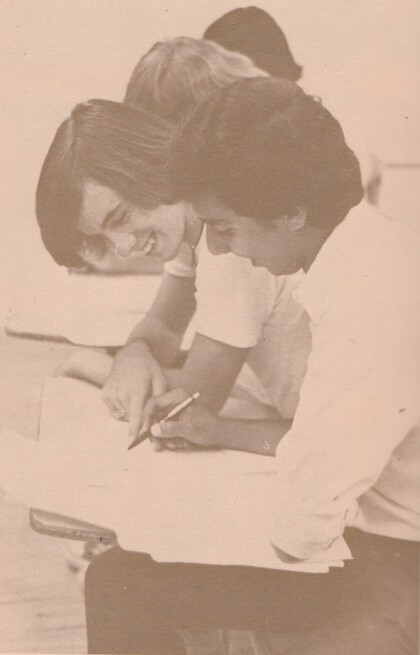
Comments
Add a comment